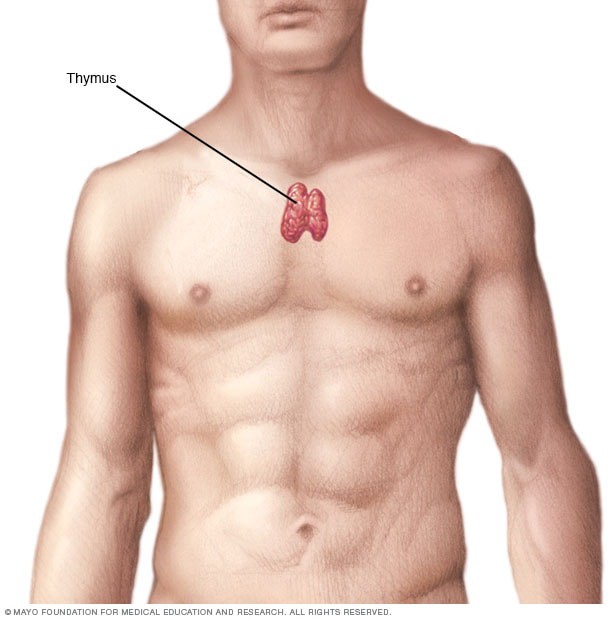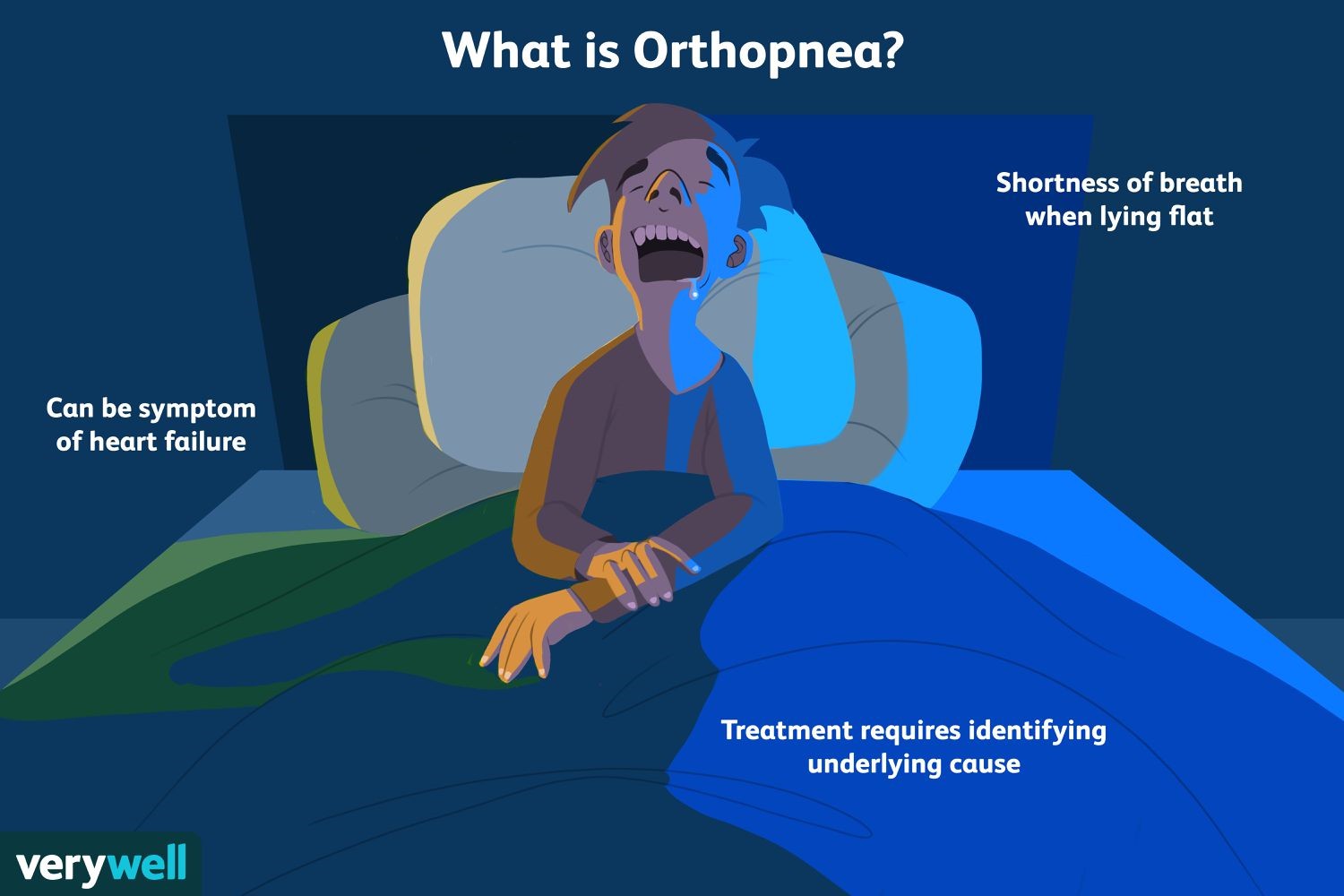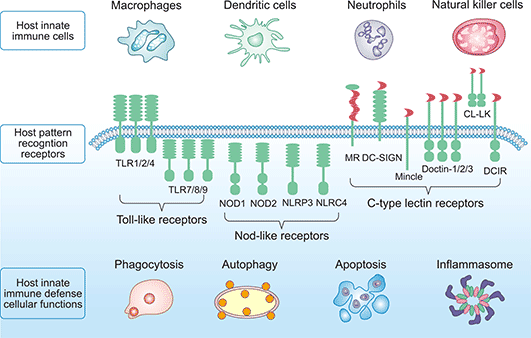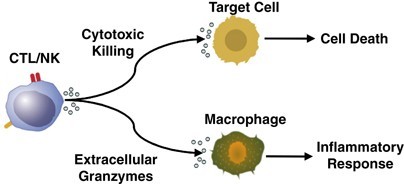Which of the following is a mechanism that the body uses to regulate blood pH levels?
A. Increased respiration rate to remove excess CO2.
B. Decreased respiration rate to retain CO2.
C. Increased water intake to dilute the blood.
D. Decreased water intake to concentrate the blood.
For those aiming to excel in their ATI TEAS test and secure admission into their desired nursing program, ExamGates offers an invaluable resource. Our platform features practice questions meticulously crafted by tutors who have previously aced the exam themselves. With ExamGates, you can access content that is 100% relevant to the test, accompanied by vivid images and illustrations. Additionally, our platform provides comprehensive explanations for both correct and incorrect answers, empowering you to fully grasp the material and optimize your study efforts. Take the first step towards your nursing aspirations with ExamGates today.
The correct answer is choice A.
Increased respiration rate to remove excess CO2.
The body regulates blood pH through several mechanisms, including chemical buffers, the respiratory system, and the urinary system.
The respiratory system can adjust blood pH by changing the rate of respiration to remove or retain CO2.
When there is excess acid in the blood, the respiratory rate increases to remove more CO2, which helps to raise blood pH.
Choice B is incorrect because decreasing the respiration rate would retain CO2, which would lower blood pH.
Choice C is incorrect because increased water intake would not directly affect blood pH levels.
Choice D is incorrect because decreased water intake would not directly affect blood pH levels.
Therefore, the Correct Answer is A.
More Questions on TEAS 7 Science Test 4
Question 1:
Which gland, located in the mediastinum, plays a key role in the development and maturation of T-lymphocytes?
A. Thymus
B. Parathyroid
C. Adrenal
D. Pituitary
The Correct Answer is A.The correct answer is choice A. Thymus.
The thymus is a primary lymphoid organ located in the mediastinum.
 |
It plays a key role in the maturation and differentiation of T-lymphocytes.
Choice B.
Parathyroid is incorrect because the parathyroid glands are small endocrine glands located in the neck that produce parathyroid hormone, which regulates calcium levels in the blood.
Choice C.
Adrenal is incorrect because the adrenal glands are endocrine glands located above the kidneys that produce hormones such as cortisol and adrenaline.
Choice D.
Pituitary is incorrect because the pituitary gland is an endocrine gland located at the base of the brain that produces hormones that regulate growth, metabolism, and reproductive functions.
Question 2:
What is the purpose of using PCR (polymerase chain reaction) in the laboratory?
A. To separate DNA fragments by size.
B. To amplify specific regions of DNA.
C. To sequence DNA fragments.
D. To analyze protein expression levels.
The Correct Answer is B.The correct answer is choice B.
To amplify specific regions of DNA.
PCR (polymerase chain reaction) is a laboratory technique used to make many copies of a specific region of DNA.
 |
The goal of PCR is to make enough of the target DNA region that it can be analyzed or used in some other way.
PCR has many research and practical applications, including DNA cloning, medical diagnostics, and forensic analysis of DNA.
Choice A is incorrect because PCR does not separate DNA fragments by size. Choice C is incorrect because PCR does not sequence DNA fragments.
Choice D is incorrect because PCR does not analyze protein expression levels.
Question 3:
Which of the following refers to a condition in which a patient experiences difficulty breathing while lying down, but their breathing improves when they sit up or stand?
A. Orthopnea
B. Hypoxia
C. Tachypnea
D. Bradypnea
The Correct Answer is A.The correct answer is choice A. Orthopnea.
Orthopnea refers to a condition in which a patient experiences difficulty breathing while lying down, but their breathing improves when they sit up or stand.
 |
Choice B, Hypoxia, is not the correct answer because it refers to a condition in which there is a lack of oxygen supply to the body’s tissues.
Choice C, Tachypnea, is not the correct answer because it refers to rapid breathing.
Choice D, Bradypnea, is not the correct answer because it refers to abnormally slow breathing.
Question 4:
Which of the following allows a limited range of immune cells to detect and respond rapidly to a wide range of pathogens that share common structures?
A. Pattern recognition receptors (PRRs)
B. Cytokines
C. Chemokines
D. T cells .
The Correct Answer is A.Pattern recognition receptors (PRRs) are a class of receptors that can directly recognize the specific molecular structures on the surface of pathogens.
PRRs play a crucial role in the proper function of the innate immune system and are germline-encoded host sensors, which detect molecules typical for the pathogens.
 |
Choice B is incorrect because cytokines are not receptors but rather signaling molecules that regulate immunity.
Choice C is incorrect because chemokines are not receptors but rather signaling molecules that attract immune cells to sites of infection.
Choice D is incorrect because T cells are not receptors but rather white blood cells that assist B cells or directly kill infected cells.
Question 5:
What is the name of the process in which an atom loses or gains electrons to form an ion?
A. Ionization
B. Oxidation
C. Reduction
D. Isotopic decay
The Correct Answer is A.Ionization is the process in which an atom loses or gains electrons to form an ion.
An ion is an atom or molecule that has a net electrical charge due to the loss or gain of one or more electrons.
Choice B is not the best answer because oxidation refers to the loss of electrons from an atom or molecule.
Choice C is not the best answer because reduction refers to the gain of electrons by an atom or molecule.
Choice D is not the best answer because isotopic decay refers to the process in which an unstable atomic nucleus loses energy by emitting radiation
Question 6:
A patient with a history of heart failure is prescribed a medication that increases urine output to reduce fluid buildup.
Which of the following statements best describes the mechanism of action of the prescribed medication?
A. Inhibits the renin-angiotensin-aldosterone system.
B. Blocks beta receptors.
C. Increases sodium and water reabsorption.
D. Enhances glomerular filtration rate.
The Correct Answer is D.The correct answer is choice D - Enhances glomerular filtration rate.
The medication prescribed to the patient is a diuretic, which removes water and electrolytes from the body by increasing urination 1.
This helps reduce fluid buildup in the body.
Choice A, Inhibits the renin-angiotensin-aldosterone system, is not the correct answer because it describes a different mechanism of action.
Choice B, Blocks beta receptors, is not the correct answer because it describes a different mechanism of action.
Choice C, Increases sodium and water reabsorption, is not the correct answer because it would have the opposite effect of reducing fluid buildup.
Question 7:
Which type of bond is responsible for the unique properties of water and plays a crucial role in the structure of DNA and proteins?
A. Hydrogen bonds.
B. Covalent bonds.
C. Ionic bonds.
D. Van der Waals forces.
The Correct Answer is A.The correct answer is choice A. Hydrogen bonds.
Hydrogen bonds are responsible for the unique properties of water and play a crucial role in the structure of DNA and proteins.
Hydrogen bonds are weak electrostatic attractions between a hydrogen atom covalently bonded to an electronegative atom and another electronegative atom.
Choice B.
Covalent bonds is incorrect because covalent bonds are strong chemical bonds formed by the sharing of electrons between two atoms.
Choice C.
Ionic bonds is incorrect because ionic bonds are chemical bonds formed by the transfer of electrons from one atom to another, resulting in the formation of ions.
Choice D.
Van der Waals forces is incorrect because Van der Waals forces are weak intermolecular forces that arise from temporary dipoles induced in atoms or molecules.
Question 8:
A patient with chronic renal failure is undergoing hemodialysis.
What process allows for the removal of waste products and excess fluid from the patient's bloodstream during hemodialysis?
A. Active transport.
B. Osmosis
C. Diffusion
D. Facilitated diffusion.
The Correct Answer is C.Diffusion.
During hemodialysis, waste products and excess fluids are removed from the blood by diffusion 1.
Diffusion is a separation process in which particles that are dissolved in a solution are relocated from an area of higher concentration in the blood to an area of lower concentration in the dialysate.
Choice A.
Active transport is incorrect because active transport is a process that uses energy to move molecules against a concentration gradient.
Choice B.
Osmosis is incorrect because osmosis is the movement of water molecules across a semipermeable membrane from an area of higher water concentration to an area of lower water concentration.
Choice D.
Facilitated diffusion is incorrect because facilitated diffusion is a process where molecules move down their concentration gradient with the help of carrier proteins.
Question 9:
In which type of tissue would you find a fibrous protein that provides strength and protection to the body, particularly in the skin, hair, and nails?
A. Keratin
B. Collagen
C. Elastin
D. Actin
The Correct Answer is A.The correct answer is choice A. Keratin.
Keratin is a fibrous protein that provides strength and protection to the body, particularly in the skin, hair, and nails.
 |
It is found in epithelial tissue, which covers the body’s surface and lines its internal organs and cavities.
Choice B.
Collagen is incorrect because collagen is a fibrous protein that provides strength and support to connective tissues such as tendons, ligaments, and cartilage.
Choice C.
Elastin is incorrect because elastin is a protein that provides elasticity to tissues such as skin and blood vessels.
Choice D.
Actin is incorrect because actin is a protein that plays a role in muscle contraction and cell movement.
Question 10:
Which cytotoxic lymphocyte granules contain serine proteases that induce apoptosis in target cells?.
A. Perforins.
B. Cytokines.
C. Granzymes.
D. Interferons.
The Correct Answer is C.Granzymes.
Granzymes are a family of serine proteases that are stored in and secreted from the cytotoxic granules of cytotoxic T lymphocytes (CTL) and natural killer (NK) cells.
They work in synergy with perforin, a pore-forming toxin, to induce apoptosis in target cells.

Perforin is necessary for the delivery of granzyme B to the target cell cytosol where caspase-dependent and -independent pathways to apoptosis are activated.
Perforins (choice A) are pore-forming toxins that work in synergy with granzymes to induce apoptosis in target cells.
Cytokines (choice B) are signaling molecules that regulate immune responses but do not directly induce apoptosis in target cells.
Interferons (choice D) are a type of cytokine that play a role in immune responses but do not directly induce apoptosis in target cells.